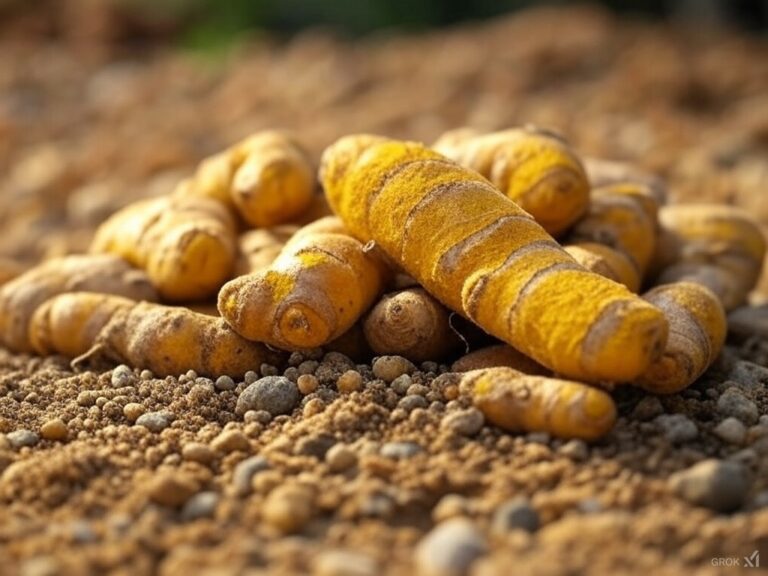Turmeric, often dubbed the “golden spice,” has been a staple in kitchens and medicine cabinets for centuries. This vibrant yellow-orange root, native to Southeast Asia, is more than just a flavor enhancer for your curry—it’s a powerhouse of health benefits and cultural significance.
At the heart of turmeric’s magic is curcumin, a compound responsible for its vivid hue and impressive properties. Studies suggest curcumin has potent anti-inflammatory and antioxidant effects, making turmeric a natural ally against chronic inflammation, which is linked to conditions like heart disease and arthritis. Whether you’re sipping it in a warm latte or sprinkling it into a stew, turmeric offers a subtle earthy flavor alongside its wellness perks.
Beyond the science, turmeric’s history is rich and colorful. In India, it’s been used for over 4,000 years—not just in cooking but in Ayurvedic medicine and religious rituals. Brides and grooms in traditional Hindu weddings often apply turmeric paste for its supposed skin-brightening glow and symbolic blessings of prosperity. Even today, it’s a go-to remedy in many households for everything from colds to cuts.
Incorporating turmeric into your life is simpler than you might think. A teaspoon in your morning smoothie, a pinch in roasted veggies, or a soothing cup of turmeric tea can do wonders. Pair it with black pepper to boost curcumin absorption, and you’ve got a recipe for both flavor and function.
But turmeric isn’t without its quirks—stain a white shirt, and you’ll learn its dyeing power the hard way! Still, this spice’s versatility and benefits far outweigh the occasional mess. From ancient traditions to modern wellness trends, turmeric continues to shine as a golden gem in our diets and lives. So, next time you reach for that jar, know you’re holding a little piece of history—and health—in your hands.



